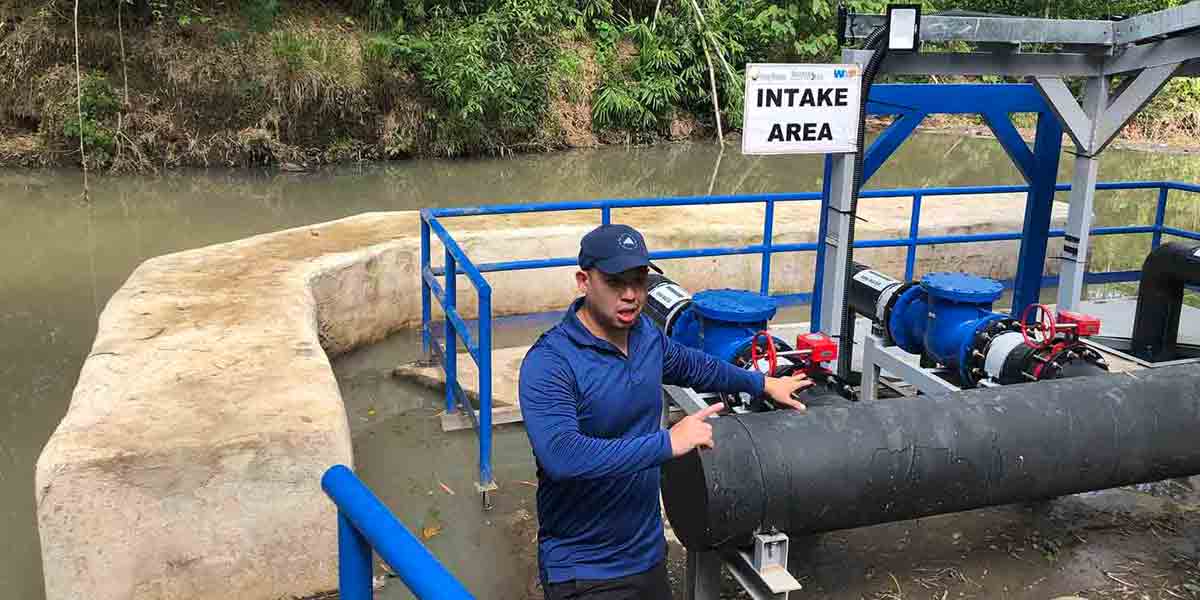By Rjay Zuriaga Castor
The Philippine Ports Authority is considering transferring all roll-on/roll-off (RoRo) ports in Iloilo City and province to Fort San Pedro in Iloilo City as part of expansion plans for the Port of Iloilo.
PPA Iloilo and Guimaras Manager Alan Rojo said the proposed transfer includes the RoRo ports in Lapuz Norte, Iloilo City, and Barangay Sapao, Dumangas.
The Port of Iloilo currently consists of the Iloilo Commercial Port Complex, Iloilo Fastcraft Terminal, and Fort San Pedro.
Rojo said expansion is necessary to accommodate projected growth in port traffic and to support the infrastructure demands of the regional shipping industry.
He added the transfer is also aligned with a development plan for the restoration and enhancement of the historic Fort San Pedro in the City Proper district.
“This is to make Iloilo a hub where all RoRo operations are centralized in the city itself,” Rojo said in an interview on Wednesday, March 26.
The PPA is seeking a Resolution of No Objection (RONO) from the Iloilo City Council for its Port Zone Delineation Plan for the Iloilo Baseport.
The delineation plan would enable PPA to implement zoning, development, and utilization programs for the port.
Rojo said the planned expansion will extend from Fort San Pedro to the boundary of the Iloilo Fishing Port Complex.
Once approved by the City Council, the RONO will be endorsed to the Regional Development Council, forwarded to the National Economic and Development Authority, and then submitted to the Office of the President for final approval.
Rojo noted that if RoRo services at Dumangas Port are moved, only tramping vessels will operate there.
Tramp ships are cargo vessels that sail without fixed schedules or routes.
The proposal follows a directive from Transportation Secretary Vince Dizon earlier this March to explore the establishment of a new RoRo port at Fort San Pedro to enhance the port area’s economic potential.
PPA assured that the expansion will not impact heritage sites like Fort San Pedro.
The agency has an agreement with the National Historical Commission of the Philippines, which is currently overseeing restoration efforts at the site to preserve its historical value.





















